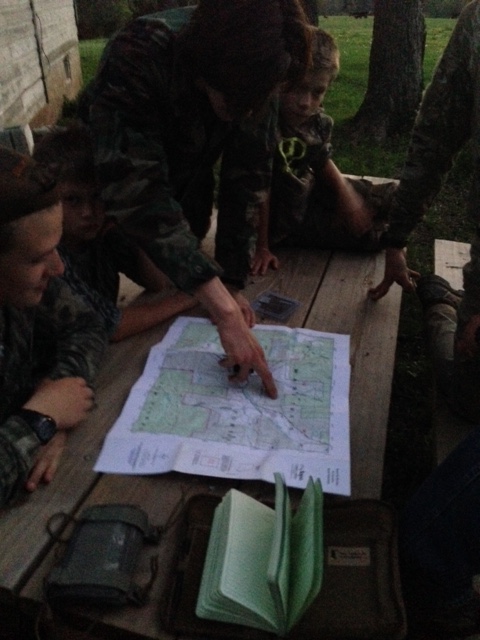
This is the second year I helped with the Homeschool small unit tactics workshop. When we were in the planning stages, the learning objectives they wanted to cover spanned most every-thing covered in a One Shepherd Warrior Basic and Situational Training Exercise. One Shepherd does all of this in a tightly compressed four days, and, in my opinion, only provides an overview of the subject matter. We had only a little more than a day to cover the same. The emphasis this year was to be the raid.
Most of the students arrived by 19:00 Friday evening, and after and excellent BBQ of Bratwurst and corn on the cob, we covered some of the basics of map reading and land navigation. Some of the students even brought their own compasses this year, which shows progress.
After that, we had a classroom exercise on radio protocol and radio theory.
After the radio class, there was an unscripted Air-soft brawl in an abandoned farmhouse on the property, which did provide some lessons learned that we could talk about when we discussed raids the next day. I don’t remember when I crawled in to the barn loft to sleep, but most of the kids continued their gaming into the small hours.
We got them up for 06:30 PT, and then, after breakfast, we began instruction concerning traveling techniques and reaction- to- contact drills.
My son and brother-in-law arrived to help out. They provided our op-for, along with one of the dads. In working with inexperienced students, I consider having an experienced, dedicated op-for to be essential. The quality of our training this year was much improved by their presence.
The students ranged from 12 years to 20, and were mostly boys that play a lot of airsoft, but there were also three girls in attendance who had never done anything like this before, and wanted to see what it was all about. The experienced students were aggressive fighters, but were unaccustomed to fighting as a team, and certainly were not accustomed to leading one. I appointed three of the most experienced as fire team leaders, and jumped back and forth alternately between leading the patrol, instructing, and operating as O.C. This was less than ideal, and I think it may have been confusing to some of the students for me to bounce back and forth in so many different roles, but we made it work.
The property were were on was especially well suited to the airsoft platform, with thick cedar woods crisscrossed with logging trails, and lots and lots of micro terrain. We were able to get a lot of patrolling practice in. We hadn’t planned to practice ambushes, but the land lent itself to that technique so well that we ran several iterations. It was really fun to watch how quickly they improved. The first couple of times our twelve student squad was ambushed by the three man op-for, they suffered heavy casualties; somewhere north of 70%. By the later iterations, they were beginning to call out targets, and work together to maneuver on their enemy. They then were able to take out the op-for with the loss of only one man. This also provided a good teaching point as to why, in a near ambush, the ambusher must outnumber the quarry.
During lunch, we had a classroom explanation of the raid, then we practiced a couple of ROC drills.
The students were hankering for some more evenly divided engagements, so we split one fire team off to work with the op-for, guarding a communications node.
The Blue team was to raid the node, tape a block of “C4” to the radio, and light a fire cracker fuse attached to it.
The Blue team had three key tasks:
Call in to higher to notify them that the raid was a go,
Destroy the radio,
Call in to higher to report the success or failure of the raid.
For this exercise, after guiding multiple rehearsals, I handed over leadership of the patrol to one of my fire team leaders, and acted as OC. When the patrols/ reconnaissance teams were unable to locate the communications node after two hours of searching (op-for decide last minute to move the location; according to the scenario I had written we had triangulated on their signal, and therefore knew approximately where they were), I suggested a plan B wherein they ran this raid as a movement- to- contact. Counter- doctrinal, I know, but the kids, by that time, were spoiling for a fight. The only problem was they had never learned that battle drill, so I constructed a quick sand table with some sticks and pebbles (sorry, Brent, I did not and never will carry a bag of green plastic army guys in the field with me). With only that rudimentary explanation, they stepped off.
After a bit of marching, the left vanguard element made contact. The rear and right elements maneuvered to the flanks, and swept the enemy position. It was classic, albeit with high casualties. Two of our new girls were the only survivors; but still, they had thought to pull the C4 brick off of their patrol leader’s body and blow the radio. My primary regret of the event was that I did not get a picture of these two girls, the sole survivors of their patrol, blowing the radio, all while wearing faux pearls.
I didn’t adequately communicate the key task to them, however. The communication to higher was neglected, and somehow they believed that they couldn’t complete the mission until they hunted down and killed every member of the op-for. I have seen the focus shift from the stated mission to killing the enemy multiple times in mil- sim events. I think special precaution needs to be taken to prevent this mission creep.
All in all, the mission was a success. By the time it was over, they had really internalized the principles of communicating to maneuver as a team on an enemy position, and all the rehearsals played off, even though the battle they ended up fighting was much different from the one they rehearsed for.
For the final exercise, we switched things up, and had the Blue-for guard the radio while the Op-for staged the raid.
This one went quite differently. The Blue team patrol leader did a great job of reading the terrain, and using his OCCA to place his guys in all the right spots. When Op-for attacked, they put up a fierce defense. Op-for was also handicapped by the loss of one of their fire team leaders, who had to leave early, and without two strong fire team leaders, they bogged down. The raid began to feel more like a traditional, deliberate attack than a raid. Even with multiple re-spawns, they never generated enough momentum to break though the enemy perimeter.
I think this event went better than last year, mostly due to lessons learned on my part. I still am figuring out the strengths and weaknesses of the Airsoft platform. The lack of a longer range of fire is obvious, but this platform also lacks the noise that adds so much violence of action to a blank fire engagement. It is simply hard to overwhelm your opponent with the hum of a little whirring battery motor. Furthermore, there is no “near miss” indication, and on several occasions, I saw pellets streaming quietly by players who were unaware that someone was bracketing them.
By and large, the students did not take advantage of the micro terrain, and we definitely need to work on camouflage.
We would also be well served to spend a few hours on a stand- alone leadership class. I think most of my fire team leaders saw themselves as being saddled with a responsibility, rather than as a weapons guidance system for a four man rifle team. Then again, I think everyone who has led a fire team or squad has felt like a bit of a babysitter from time to time. I know I have in the past.
We had students who brought in varying degrees of commitment. Some of the kids were really enthusiastic about learning tactics, and others were just out to play; though there’s nothing wrong with that, learning should be fun. Even the enthusiastic students had many other conflicting commitments; these are farm kids, who had chores to do, and family businesses to help with. There was so much coming and going, that I was not sure on several occasions exactly how many people we were supposed to have on the field. This made constructing a logical progression of instruction difficult, but also reminded me of the farmers of Lexington and Concord who had to train around the requirements of their farms and shops. If they made it work, we can, too.
For all that, the kids were outstanding; great attitudes and good sportsmen. I repeatedly saw older ones stopping to help out the younger kids, even when it slowed them down or made the mission more difficult. That is the kernel of real leadership right there. I find myself wanting to emulate my students in these aspects.
All in all, I learned a lot and had a great deal of fun, and I think the students did, too.
As a post script, every meal was excellent, these people know how to feed teenage boys!




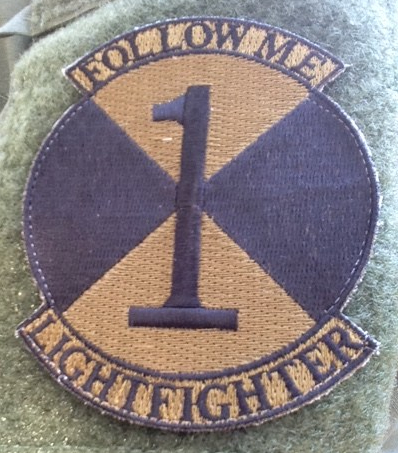
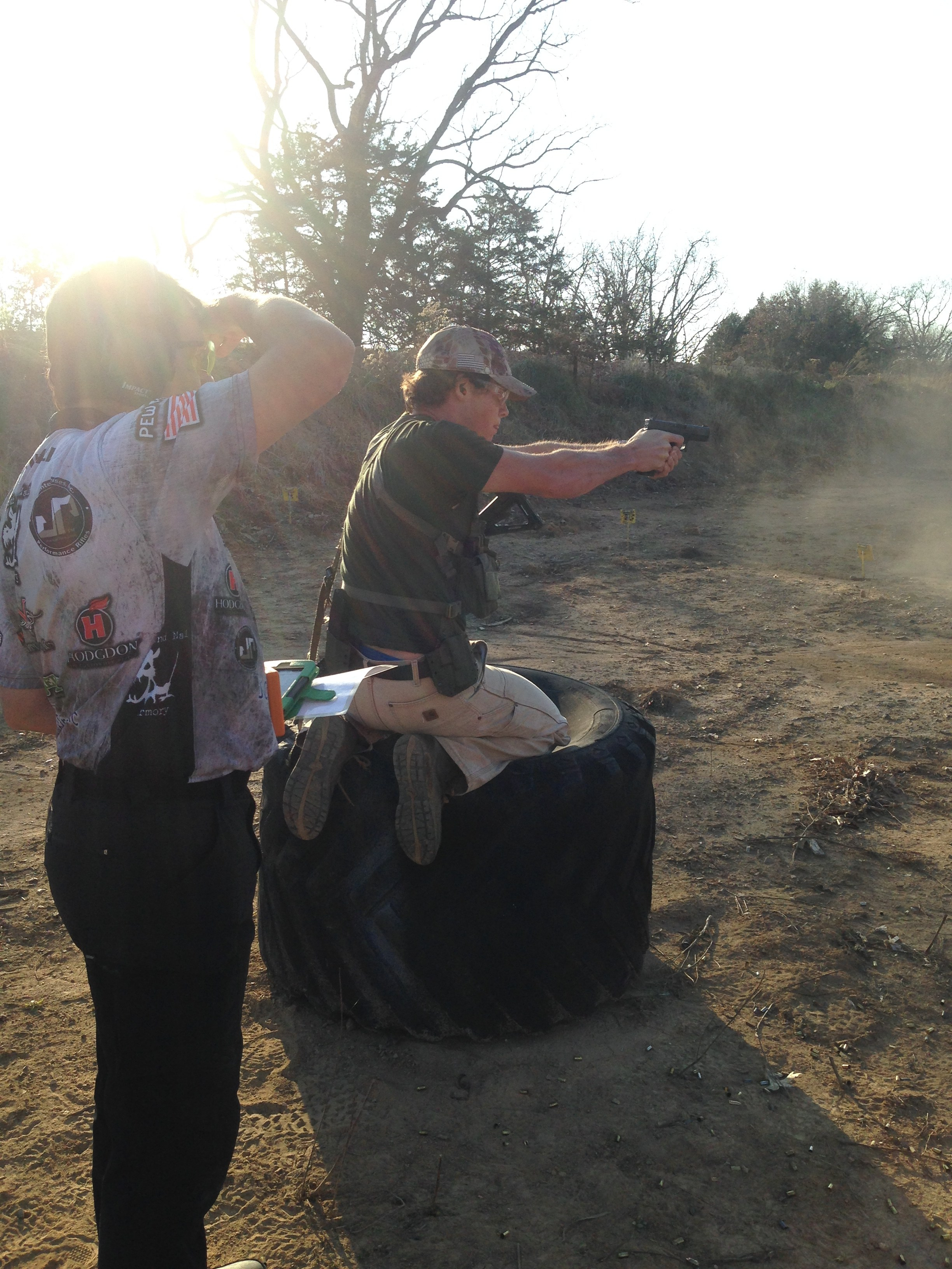
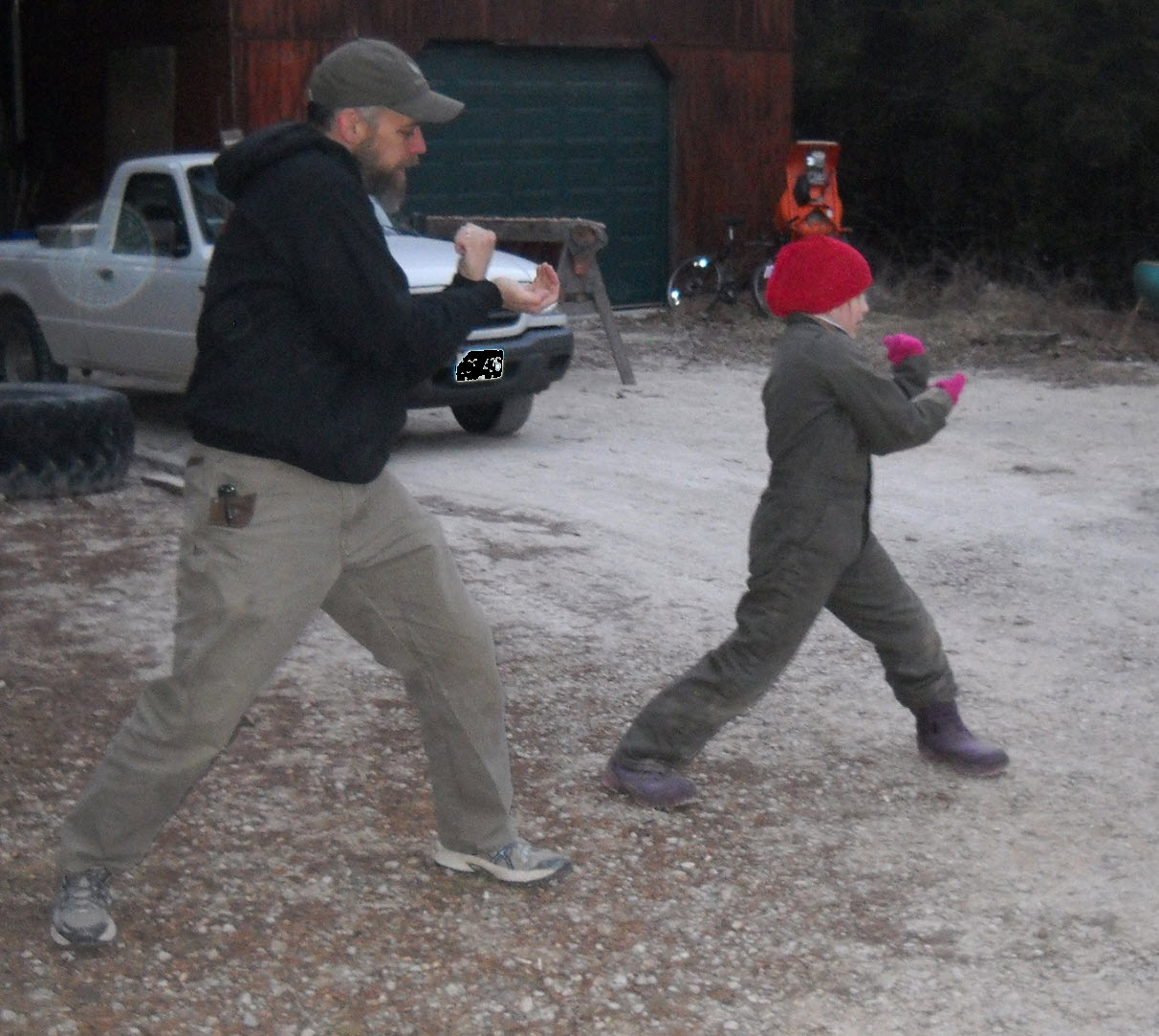

 Not long ago, nearly all the experts on firearms recommended carrying at least one reload. With the advent of greater magazine capacity and more reliable firearms, the advice on how much ammunition to carry has shifted, some of the current experts don’t recommend carrying a reload at all. However, an experience I had at a recent force- on- force exercise with One Shepherd made me think of a reason for carrying a reload that I had never heard expounded by the experts.
Not long ago, nearly all the experts on firearms recommended carrying at least one reload. With the advent of greater magazine capacity and more reliable firearms, the advice on how much ammunition to carry has shifted, some of the current experts don’t recommend carrying a reload at all. However, an experience I had at a recent force- on- force exercise with One Shepherd made me think of a reason for carrying a reload that I had never heard expounded by the experts.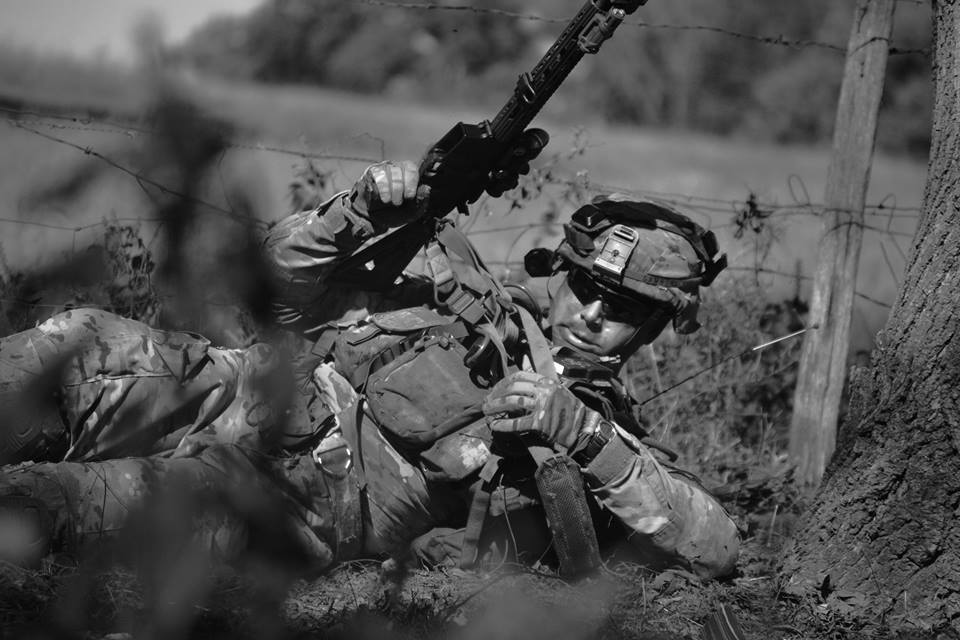

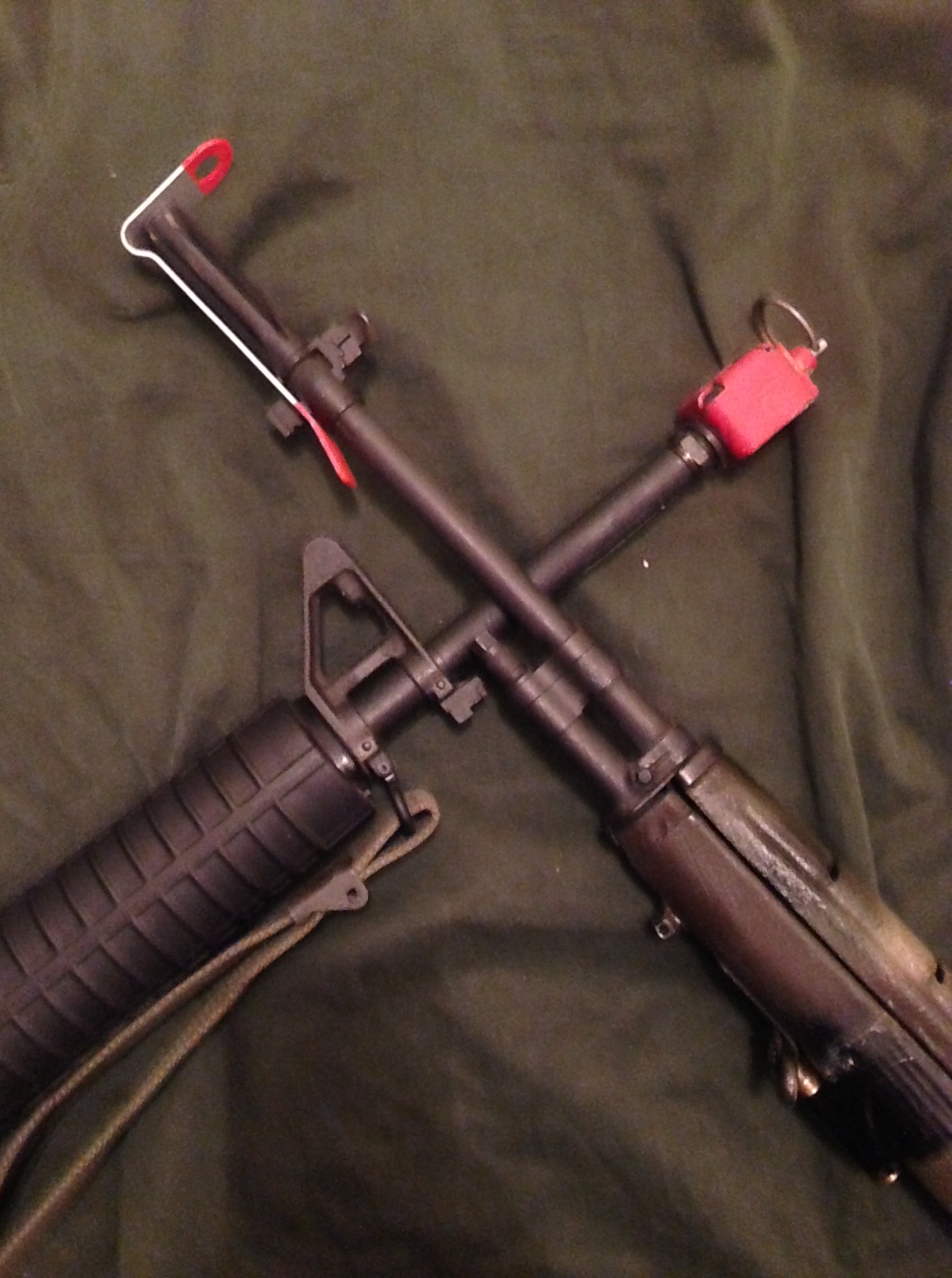
 Photo by Ian Griffiths/MOD
Photo by Ian Griffiths/MOD